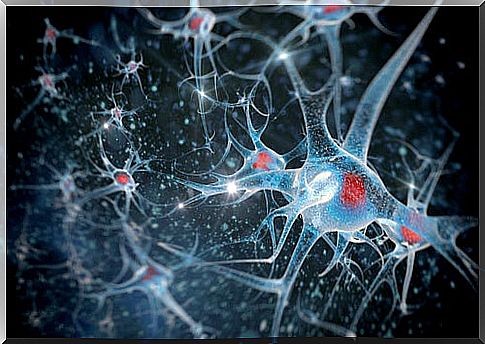The Brain’s Ability To Keep Learning

Surely you have ever heard the old saying that says “ old dog does not learn new tricks “ . However, the latest studies in neuroplasticity indicate the opposite, what many have known for a long time: it is possible to learn new things, even in old age. In other words, people have the ability to continue learning throughout our lives.
How many times have you heard that we are all born with millions of neurons and that, once dead, they cannot be replaced? Have you ever wondered how it is possible that, despite losing thousands of neurons over the years, the ability to learn and assimilate new information can remain?
The secret is in the brain’s ability to create new neural connections from learning. Every time we perform the same actions but in a different way or when we learn new words in another language we are creating new synapses and making our most crucial organ work.
The brain is plastic
Neuroplasticity is a term that refers to the brain’s innate ability to adapt, to form new neural connections, and to strengthen neuron-neuron synapses throughout our lives. This occurs in response to lived experiences, development, and learning.
Studies consider this “plastic” capacity as a process of constant remodeling of the neurosynthetic map, which allows us to carry out a large number of tasks. Among them, assimilating new information, creating new memories and being able to continue learning something new every day, despite the normal decline in cognitive ability that comes with aging physically and mentally.

Encourage continuing to learn
The most interesting thing about neuroplasticity is that you do not need any “external” help, that is, you just have to use the very determination to “put it to work”. This is that everyday situations provide the basis for this learning. Thus, developing neuronal plasticity is not a difficult task, it all depends on persistence and the effort used in the process of exercising the brain.
What keys to implement to continue learning?
Some studies assure that there are certain habits that benefit when it comes to keeping one of the most relevant organs in human life active and “young”. Among them:
- S er analytical: observe what is around you, watch and analyze. It is one of the maxims if you want to continue learning day by day. Among the mental operations that we can perform at that time, is memorization. For example, counting how many trees there are on a section of sidewalk can activate, almost without realizing it, many areas of our brain. Among them, the reception of ideas, the ability to remember and thinking. Can you reconstruct what you did today since you woke up? When was the last time you memorized a song?
- Get enough sleep: achieving an adequate quantity and quality of sleep is essential for the proper development of the brain. The process of consolidating the information learned occurs while we are resting at night. Studies show that people with insomnia have a hard time retaining new information.

- Challenge your limits: Completing a crossword, doing a puzzle or using your less dexterous hand to perform tasks helps intellectual development. These activities, despite being so simple, require concentration and reasoning, which will eventually contribute to the creation of new neural connections.
The brain is perhaps the most vital organ of the human being. Its development is not limited, therefore, to the first years of life, but is in constant evolution and change. Therefore, continuing to learn is inevitable. For this reason, neuroplasticity is a conquest that is achieved on a daily basis.
Research on neuroplasticity is booming. In fact, neurorehabilitation techniques have more and more applications. Recently, a proposal has been made for the application of these first to people suffering from Down syndrome. The objective is that they take advantage of the benefits of brain neuroplasticity, when activating and promoting that the structures with which they were born and have grown develop more efficiently. It is also used in children with Autism Spectrum Disorder (ASD) … Surprising right?









